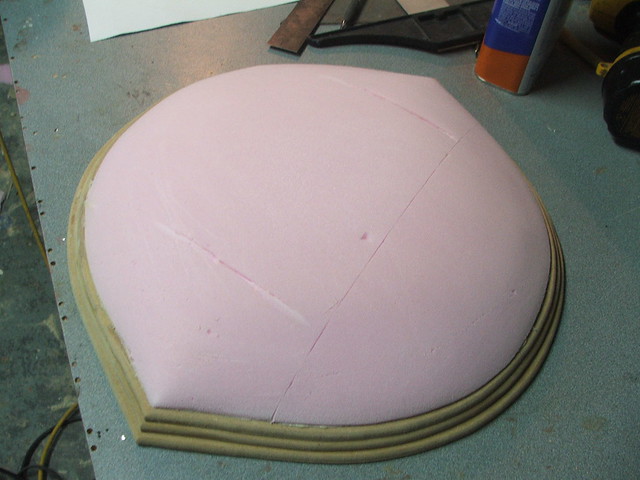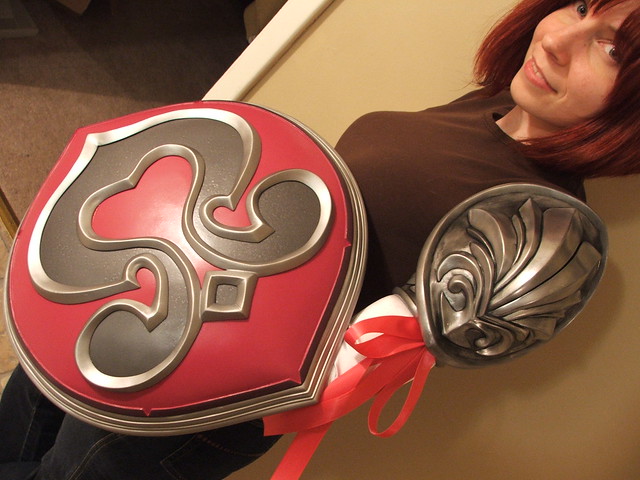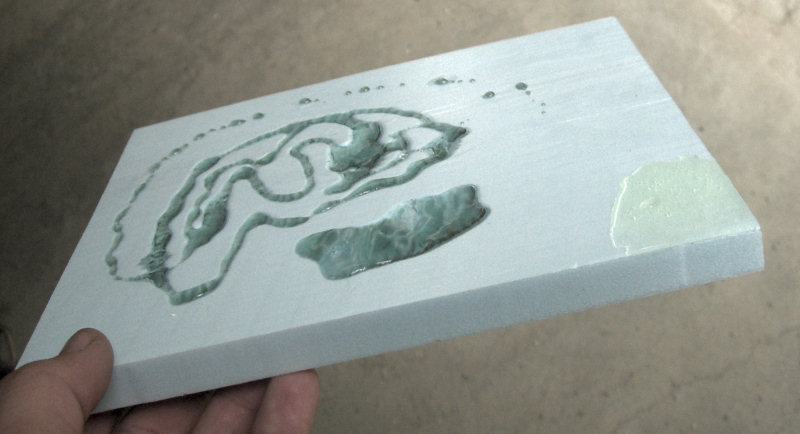You have been vague as to what you are trying to make. As always, I will say that a picture helps more than words. The desired final result will help to choose your path.
Polyurethane resin will not react with the foam and will give a hard shell. It will also fill in any fine detail, and if you get it thick enough to fill the little bubbles (multiple coats) you will need to sand it smooth, and may loose some of the original shape.
Here is the favored clonesix method: give it a coat of vaseline and make a plaster mold. No need to worry about undercuts. Just a plaster (stone) mold. If there are undercuts, you will need to dig out the foam.
Now that you have a plaster mold, let dry. The surface will be rough from the foam. Scrape smooth (as best only) the surface to rid any high spots, sand if desired. Once again, the mold must be dry, give it a week or two in the sun.
Once dry, give it several coats of lacquer, sand and a few more coats. Once sealed, spray several coats of PVA. Laminate fiber glass into the mold, and when fully cured remove from mold. If there is a lot of detail, or undercuts, break mold.
Now you have a rough copy of the original, and you can putty and sand as necessary.
Naturally, this two-step process seems more difficult than if you just coated the foam and molded away, but not so. Either way, you will spend time smothing out the shape. It is just easier to clean up a ridged surface than a soft one.
For better results, use urethane foam instead of polystyrene foam for your patterns. It will not melt when primered and surfaced.




